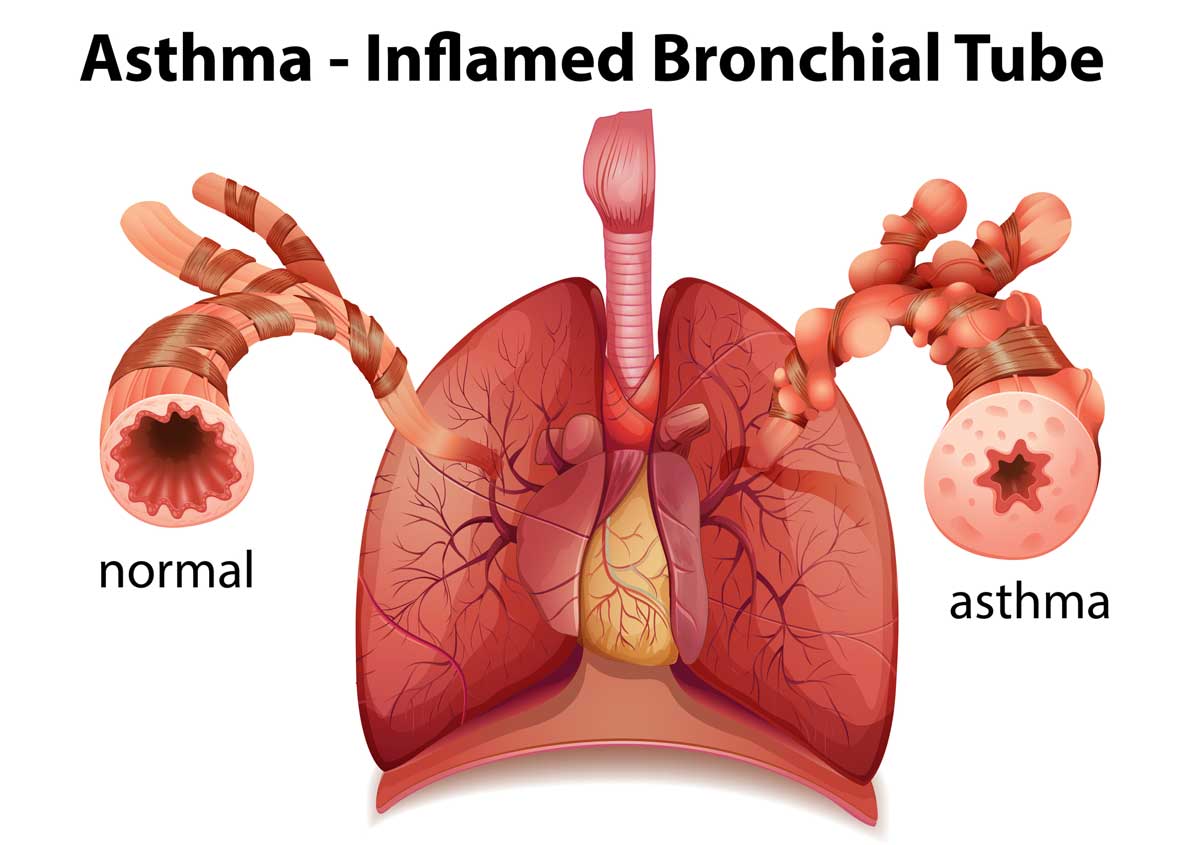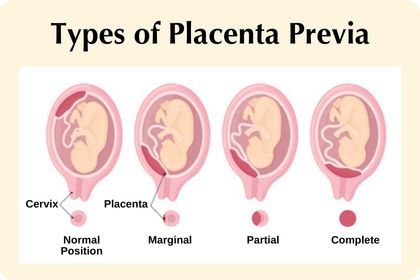Nursing paper Example on Lice [SOLVED]
/in Assignment Help, Assignment Help Nursing, Homework Help, Nursing Exam Help, Nursing Paper Help, Psychology assignment help, Solved Nursing Essays /by Aimee GraceNursing paper Example on Lice [SOLVED]
Lice infestation, a pervasive parasitic condition affecting millions globally, transcends demographic boundaries, impacting individuals of all ages, genders, and socioeconomic backgrounds. These minuscule insects, including Pediculus humanus capitis (head lice), Pediculus humanus corporis (body lice), and Pthirus pubis (pubic lice), inhabit human hair and skin, causing discomfort and distress. Despite their diminutive size, lice pose significant health concerns if left untreated. In this paper, we explore the multifaceted aspects of lice infestation, delving into its causes, signs, symptoms, etiology, pathophysiology, DSM-5 diagnosis, treatment regimens, and patient education. By unraveling the intricacies of lice infestation, we aim to equip healthcare professionals, educators, and individuals with the knowledge and tools necessary for effective management and prevention, ultimately alleviating the burden of lice infestation on affected individuals and communities. (Nursing paper Example on Lice [SOLVED])
![Nursing paper Example on Lice [SOLVED]](https://www.recordonline.com/gcdn/authoring/2019/10/29/NTHR/ghows-TH-957f6d80-fe05-234c-e053-0100007fb823-917436b1.jpeg?crop=1554,879,x0,y371&width=1554&height=777&format=pjpg&auto=webp)
Causes
Lice infestation, often colloquially referred to as “having lice,” results from the transmission of tiny parasitic insects known as lice. These insects primarily include Pediculus humanus capitis (head lice), Pediculus humanus corporis (body lice), and Pthirus pubis (pubic lice). Transmission commonly occurs through direct contact with an infested individual, particularly through activities involving close proximity such as hugging, sharing personal items like hats, scarves, brushes, or combs, or sleeping in the same bed. Contrary to popular belief, lice do not discriminate based on personal hygiene, as they are equally adept at infesting clean or unwashed hair.
The transfer of lice can also happen indirectly through contact with contaminated personal items harboring lice or their eggs. Shared spaces where personal items come into contact, such as schools, daycare centers, and households, are frequent sites for lice transmission. Additionally, activities involving the exchange of clothing, such as trying on hats or costumes in stores, can facilitate lice transmission.
Once lice find a suitable host, they attach themselves firmly to the scalp, hair shafts, or body hair, feeding on human blood multiple times a day. The warm and conducive environment of the scalp or body provides an ideal habitat for lice to thrive and reproduce. Close quarters and crowded conditions exacerbate the spread of lice, making transmission more likely in environments like schools, camps, and shelters.
Overall, lice infestation stems from the parasitic nature of these insects, their ability to quickly transfer between hosts, and the conducive environments provided by human hair and skin. Understanding the causes of lice infestation is crucial for implementing effective prevention strategies and reducing its prevalence in communities. (Nursing paper Example on Lice [SOLVED])
Signs and Symptoms
Lice infestation manifests with several characteristic signs and symptoms, often causing considerable discomfort and distress to affected individuals. One of the most pathognomonic symptoms of lice infestation is intense itching, primarily localized to the affected area, which commonly includes the scalp, neck, or pubic region. This itching results from an allergic reaction to lice saliva, which contains compounds that act as anticoagulants to facilitate blood feeding.
Continuous scratching of the affected area can lead to further irritation and inflammation, potentially resulting in secondary bacterial infections. Consequently, individuals may experience swollen lymph nodes in the affected region, indicating the body’s immune response to the infestation.
A distinctive feature of lice infestation is the presence of nits, or lice eggs, attached to the hair shafts. Nits are small, oval-shaped structures that range in color from white to yellowish-brown and are firmly attached near the base of the hair close to the scalp. While adult lice may move quickly and may be challenging to detect, nits are often easier to identify upon close inspection.
In addition to itching and the presence of nits, individuals with lice infestation may experience irritability, difficulty sleeping, and feelings of embarrassment or shame due to the social stigma associated with the condition. Moreover, in cases of severe infestation or prolonged untreated cases, individuals may develop excoriation, or skin abrasions, resulting from persistent scratching.
Overall, recognizing the signs and symptoms of lice infestation is crucial for prompt diagnosis and initiation of treatment. By addressing the symptoms early, healthcare providers can prevent complications and alleviate discomfort for affected individuals. (Nursing paper Example on Lice [SOLVED])
Etiology
The etiology of lice infestation lies in the parasitic nature of lice and their unique adaptations for survival. Lice, including Pediculus humanus capitis (head lice), Pediculus humanus corporis (body lice), and Pthirus pubis (pubic lice), are obligate ectoparasites that exclusively feed on human blood. Their dependence on human hosts for sustenance necessitates close contact with humans for survival and reproduction.
Transmission of lice occurs primarily through direct contact with an infested individual or indirectly through contaminated personal items such as hats, clothing, bedding, or hair accessories. Contrary to popular belief, lice infestation is not indicative of poor personal hygiene, as lice can infest both clean and unwashed hair with equal ease.
The warm and conducive environment provided by the human scalp or body hair serves as an ideal habitat for lice to thrive and reproduce. Lice lay eggs, or nits, near the base of the hair shaft, where they are firmly attached to ensure the survival of the offspring. Nits hatch into nymphs, which undergo several molts before reaching adulthood.
Factors such as crowded living conditions, close contact in schools or daycare centers, and shared personal items facilitate the spread of lice infestation. Moreover, activities involving the exchange of clothing or headgear, such as trying on hats or costumes, can contribute to lice transmission.
Preventing lice infestation requires implementing measures to minimize direct contact with infested individuals and reducing opportunities for lice transmission through shared personal items. Educating individuals about proper hygiene practices, avoiding sharing personal items, and regularly inspecting for signs of infestation are essential components of lice prevention strategies. By understanding the etiology of lice infestation and implementing preventive measures, individuals can reduce their risk of infestation and mitigate its impact on their health and well-being. (Nursing paper Example on Lice [SOLVED])
Pathophysiology
The pathophysiology of lice infestation revolves around the interaction between the parasites and the host’s skin and immune system. Upon infesting a host, lice feed on human blood multiple times a day by piercing the skin with their specialized mouthparts. During feeding, lice inject saliva containing anticoagulant compounds to prevent blood clotting, facilitating continuous blood flow.
The introduction of lice saliva into the host’s skin triggers an immune response characterized by inflammation and itching. Individuals with lice infestation experience intense itching, primarily localized to the scalp, neck, or pubic region, as a result of this immune reaction. The persistent itching can lead to excoriation, or skin abrasions, and subsequent bacterial infections if left untreated.
Scratching the affected area exacerbates the irritation and inflammation, potentially leading to secondary complications such as swollen lymph nodes and skin infections. Additionally, the presence of nits, or lice eggs, attached to the hair shafts contributes to ongoing infestation and perpetuates the cycle of lice transmission.
The warm and humid environment of the scalp or body hair provides an optimal habitat for lice to thrive and reproduce. Lice lay eggs, or nits, near the base of the hair shaft, where they are securely attached to ensure the survival of the offspring. Nits hatch into nymphs, which undergo several molts before reaching adulthood and becoming capable of reproducing.
Overall, the pathophysiology of lice infestation involves a complex interplay between the parasites, the host’s skin and immune system, and environmental factors. Understanding the mechanisms underlying lice infestation is essential for developing effective treatment and prevention strategies aimed at disrupting the life cycle of lice and reducing their impact on affected individuals. (Nursing paper Example on Lice [SOLVED])
DSM-5 Diagnosis
Lice infestation, while not specifically classified in the Diagnostic and Statistical Manual of Mental Disorders, Fifth Edition (DSM-5), can cause significant distress and impairment in affected individuals, warranting clinical attention. Healthcare providers diagnose lice infestation based on the presence of live lice or nits upon close inspection of the affected area, typically the scalp, neck, or pubic region.
The diagnosis of lice infestation involves a thorough examination of the individual’s hair and skin, looking for adult lice, nymphs, or nits attached to the hair shafts. Nits are often easier to detect than adult lice, as they are firmly attached near the base of the hair close to the scalp.
Healthcare providers may use a fine-toothed comb to help identify and remove lice and nits from the hair shafts. Additionally, individuals may report symptoms such as itching, irritation, or visible signs of scratching, further supporting the diagnosis of lice infestation.
Although lice infestation itself does not constitute a psychiatric disorder, the distress and social stigma associated with the condition can impact an individual’s mental health and well-being. Feelings of embarrassment, shame, or social isolation may arise due to the perceived social stigma surrounding lice infestation, particularly in children or adolescents.
While lice infestation does not typically require psychiatric intervention, healthcare providers may address any psychological or emotional concerns arising from the condition. Counseling or psychoeducation may be beneficial in alleviating distress and providing support to affected individuals and their families.
In summary, while lice infestation is not classified as a psychiatric disorder in the DSM-5, healthcare providers diagnose the condition based on the presence of live lice or nits upon examination of the affected area. Understanding the psychological impact of lice infestation is essential for providing comprehensive care to affected individuals and addressing any associated distress or stigma. (Nursing paper Example on Lice [SOLVED])
Treatment Regimens and Patient Education
Effective management of lice infestation involves a multifaceted approach encompassing pharmacological treatment, meticulous hygiene practices, and patient education. Pharmacological treatment options for lice infestation include both over-the-counter and prescription medications designed to kill lice and their eggs, known as pediculicides. Commonly used pediculicides include permethrin, pyrethrins, and malathion, which are available in various formulations such as shampoos, lotions, and sprays.
In addition to pediculicides, manual removal of lice and nits through combing with a fine-toothed comb is an essential component of treatment. Wet combing, also known as combing with conditioner, involves applying a generous amount of conditioner to the hair to immobilize lice and facilitate their removal with a fine-toothed comb. This method can be particularly effective in cases of resistance to conventional pediculicides.
Patient education plays a pivotal role in the prevention and management of lice infestation. Educating individuals and families about proper hygiene practices, such as avoiding sharing personal items like combs, brushes, hats, scarves, or clothing, can help prevent lice transmission.
Regular inspection of the scalp and hair for signs of lice infestation, such as itching or the presence of nits, is essential for early detection and prompt treatment. Individuals should be encouraged to notify close contacts, such as family members, schoolmates, or childcare providers, if they discover they have lice to prevent further transmission.
Furthermore, educating individuals about the importance of thorough cleaning and disinfection of personal items and household surfaces can help reduce the risk of lice infestation. Washing clothing, bedding, and personal items in hot water and drying them on high heat can effectively kill lice and nits.
In addition to preventive measures, patient education should address misconceptions and myths surrounding lice infestation, such as the association with poor hygiene or socioeconomic status. Emphasizing that lice infestation can affect anyone and that prompt treatment is effective in eliminating lice can help alleviate stigma and promote understanding.
Overall, a comprehensive approach to lice infestation management includes pharmacological treatment, manual removal of lice and nits, and patient education on preventive measures and proper hygiene practices. By empowering individuals with knowledge and tools to prevent and manage lice infestation, healthcare providers can reduce the burden of this common parasitic condition on affected individuals and communities. (Nursing paper Example on Lice [SOLVED])
Conclusion
Lice infestation poses a significant public health concern, affecting individuals worldwide irrespective of age or socioeconomic status. Understanding the causes, signs, symptoms, etiology, and treatment options is essential for effective management and prevention of lice infestation. By unraveling the intricacies of lice infestation, including its pathophysiology and DSM-5 diagnosis, and emphasizing the importance of treatment regimens and patient education, healthcare providers can empower individuals and communities to combat this common parasitic condition. The comprehensive approach outlined above, encompassing pharmacological treatment, manual removal of lice and nits, and patient education on preventive measures and proper hygiene practices, is crucial for reducing the burden of lice infestation on affected individuals and communities. Through collaborative efforts and proactive measures, we can mitigate the impact of lice infestation and promote the health and well-being of individuals worldwide. (Nursing paper Example on Lice [SOLVED])










